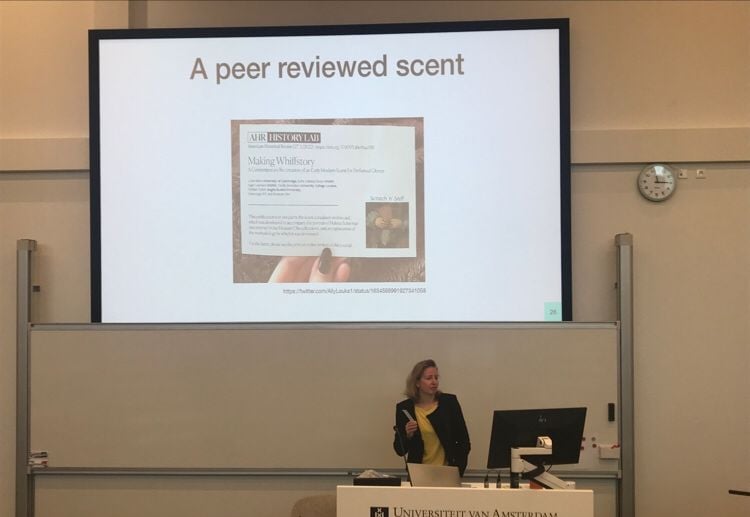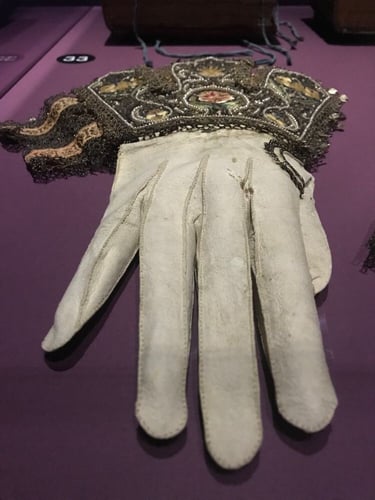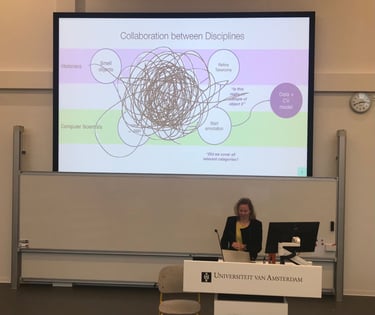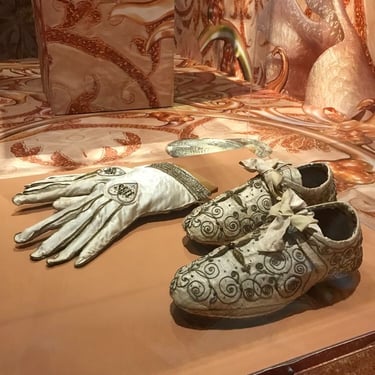A peer reviewed scent at Alice & Eve 2023 @UvA
A presentation on mixing AI and humanities for smell history and heritage, at a one-day event at the University of Amsterdam for celebrating women studying and working in computing
10/28/20232 min read


A few days ago I visited the very nice event 'Alice & Eve 2023', organised by the University of Amsterdam (UvA) and celebrating women in computing technology. Although I am not a computing scientist myself, I do hold my PhD-position at the Digital Interactions Lab at the Informatics Institute of the UvA. For me, this event also brought together many women from this institute and related institutes at other universities, so it was a great opportunity to get to know other women as well as learning more about the female context of computing science.
In the afternoon session, the talk of Marieke van Erp 'Mixing AI and humanities for smell history and heritage: the story of Odeuropa' gave some insightful understandings and ideas for my own PhD-project. Marieke presented a 'peer reviewed scent' as part of a EU's Horizon 2020 research project Odeuropa, which bundles expertise in sensory mining and olfactory heritage. This project develops novel methods to collect information about smell from (digital) text and image collections.
What I found inspiring is how a variety of highly different disciplines as well as schools of thought had been able to come together, work together, eat together and celebrate together. For my own PhD-project, I realised that I could do much more with olfactory and smell as a modality, in my teaching practices as well as my research endeavours. For me, the perspective of museum heritage, craft making and historical materials seems to be one part of the upcoming narrative in my PhD-topic, although I have not yet distracted its specific intent for the project.












The idea of Marieke's talk to embed (digital) text and image collection within a mix of AI and humanities approach of working particularly drew my attention. Immediately, I am thinking about the variety of smell(s) in a disability lifestyle and how this could be of support for well-being purposes. I was reminded of writing about disability materiality for a CHI'22 workshop on Body Architecture, Somatechnics and Disability Materiality. Disability materiality has been defined by Disability scholars as existing from gritty and painful materiality as well as dangerously pleasurable, so after this talk by Marieke, my thoughts are moving towards the questions about the kind of smell experiences that these materialities would have.
'Therefore, Tobin Siebers reclaimed the attention to the materiality of the body by developing the ’theory of complex embodiment’, in which self-consciousness is one of its critical dimensions. The theory of complex embodiment not only anticipates on the experiential potentiality of the material relationships with and without the body, it also sheds a light on the transformative relationships that emerge in the enmeshment of body-material and environment-material (Mitchell, Antebi & Snyder, 2019), which brings specific knowledge about ’the ways that environments and bodies mutually transform one another’ (Siebers, 2015). Disability needs to be seen as a body of knowledge that understands the relation between disability and ability in any given situation. One unifying element that people with disability encounter on a daily basis is the gritty (painful) and the messy (pleasurable, (Shildrick, 2009)) materiality of the body.' - Anne Marleen Olthof, 2022.
During her talk, Marieke presented us a specific smell, its analysis and re-creation from of a 17th-century leather glove, which was an object that I happened to see a day earlier during the exhibition 'Fashion for God' about religious copes, made of fashion fabrics, dazzling embroidery and luxurious high fashion from the Renaissance and Baroque eras at the Catherine Convent in Utrecht. The idea of moving from a 17th-century historic object on display to a re-created smell in 2023 felt like a beautiful time travel and enrichment from which I will anticipate how to use it in my own PhD-project.
